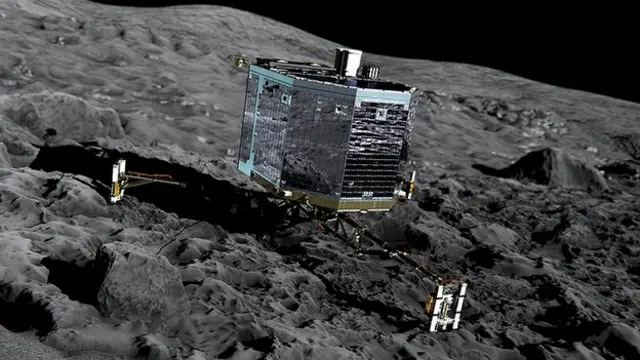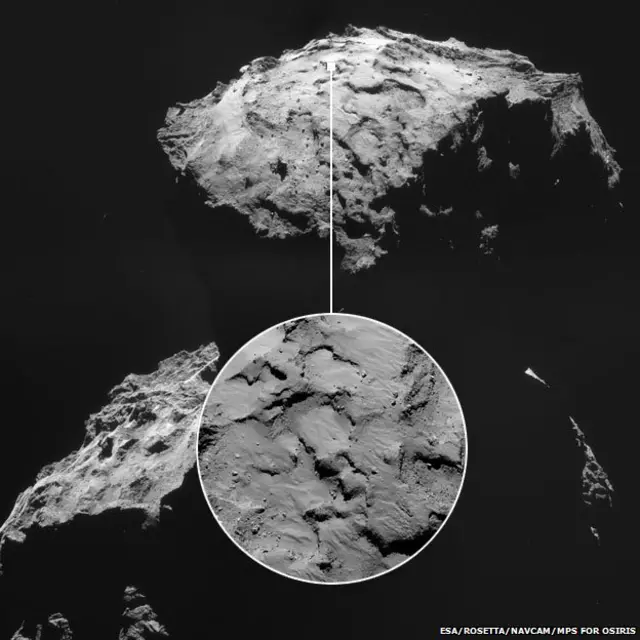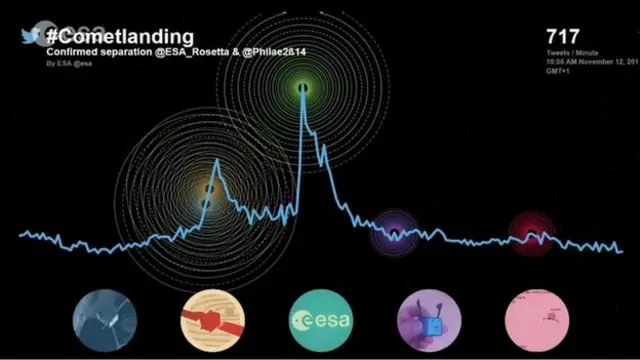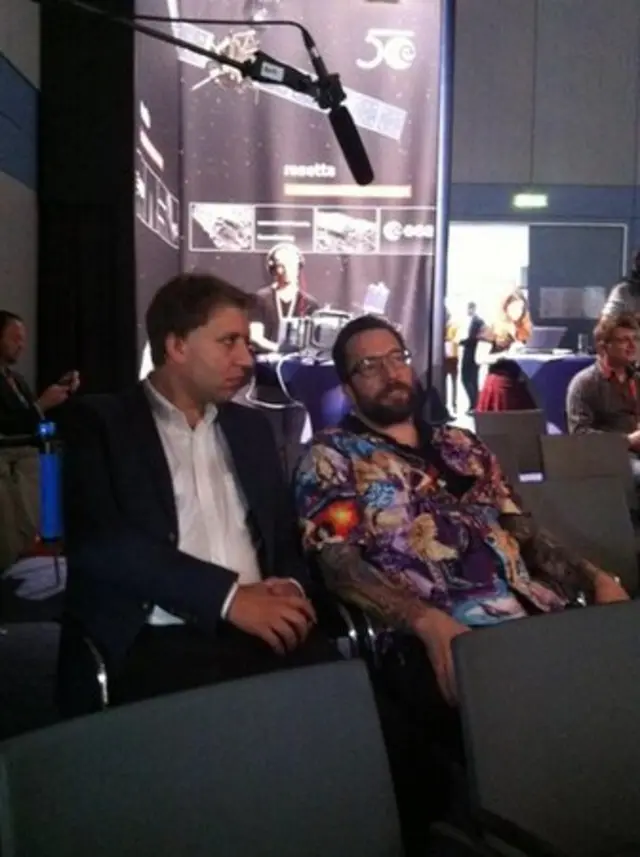New York Times science deskpublished at 13:39 GMT 12 November 2014
What a great image - not real, of course...
The New York Times science desk tweeted:, external Imagine comet #67p was falling toward Manhattan rather than @Philae2014 falling toward it (for scale)
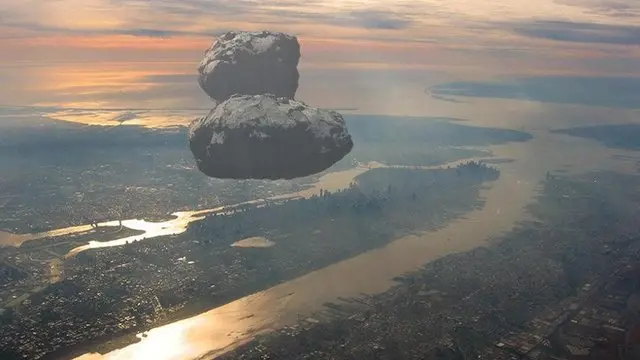 Image source, New York Times
Image source, New York Times

